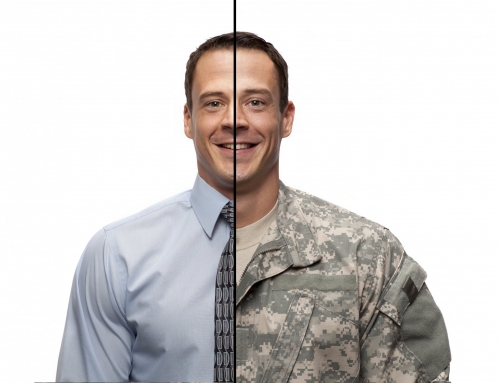Guest blog provided by VR Workforce Studio (Click Here for the Podcast from VR Workforce Studio)
There is an emerging talent crisis in America and companies are scrambling to fill their workforce pipelines with qualified and credentialed employees. In recent years, companies have realized that individuals with disabilities are a great source of talent. Chris Hall works as an industrial manufacturing registered apprentice (IMTA) within his job as a production operator on the “almond job-snack size” line at the Hershey plant in Stuarts Draft, Virginia. Chris’ pathway to employment followed a circuitous and challenging route after childhood trauma left him with a variety of disabilities. Following high school, Chris suffered from anxiety, ADHD and other disabilities, which caused him to seclude himself in his only living relative’s house. He only left the residence once per month while receiving social security benefits.
Chris enrolled in vocational rehabilitation at the Wilson Workforce and Rehabilitation Center (WWRC) in Fishersville, Virginia, and found purpose and a new beginning in the Center’s manufacturing technology training (MTT) program. Through the Center, Chris obtained several stackable credentials, including the manufacturing skills institute’s coveted manufacturing specialist (MS) and manufacturing technician one (MT1) credentials. He also earned a career readiness certificate, an OSHA 10 certification and learned to operate a forklift.
WWRC joined forces with the Career Pathways for Individuals with Disabilities (CPID) and the Valley to Virginia (V2V) Grants to build out their MTT program with specialized services like, job readiness and soft skills training. In addition, V2V assisted WWRC in its alignment with the Federal Department of Labor’s requirements for pre-apprenticeship training. Key Drivers behind the Center’s strategic programming are found within the Workforce Innovation and Opportunities Act (WIOA), which holds vocational rehabilitation agencies accountable for the outcomes of consumers in six key areas including; six and twelve month job retention, wages at six months after concluding services, measurable skills gains, WIOA recognized workforce credentials and business engagement. The MTT program is a strong partner with the Virginia Manufacturers Association (VMA) and routinely provides “Dream It. Do It.” Academies to reduce what VMA refers to as an interest gap among youthful populations.
Chris’ MTT Cohort at WWRC was the first to complete the program and in March 2018, Chris was officially registered as an apprentice with Hershey. He was their first (IMTA). The training Chris received at WWRC was approved by the state apprenticeship agency as satisfying all of the requirements for the 18-month production apprenticeship, except for 3,000 hours of supervised on the job performance. Chris transitioned off social security benefits once employed. Since hiring Chris as an IMTA, Hershey, in Stuarts Draft Virginia, has added over 175 more IMTAs. Other MTT Graduates with varying types of disabilities are now working at Hershey as WWRC continues its engagement with Hershey and other manufacturing plants.
Since its start up in late 2016, MTT was recognized by VMA as their partner of the year. Eighty percent of WWRC’s MTT Graduates (over 60) are now working in manufacturing in Virginia. WWRC is one of eight VR Training Centers in the United States and works closely with other centers and the Council of State Administrators for Vocational Rehabilitation, Kathy West-Evans, to reach business partners across the Country. For a complete overview of Chris’ story and perspectives from Hershey as well as information on CPID and V2V, listen to this live podcast. The VR Workforce Studio podcast interview describes the partnership that has enabled business, VR and apprenticeships to help individuals with disabilities find an edge in modern manufacturing while filling the talent pipeline with skilled, credentialed workers with disabilities for industry.





